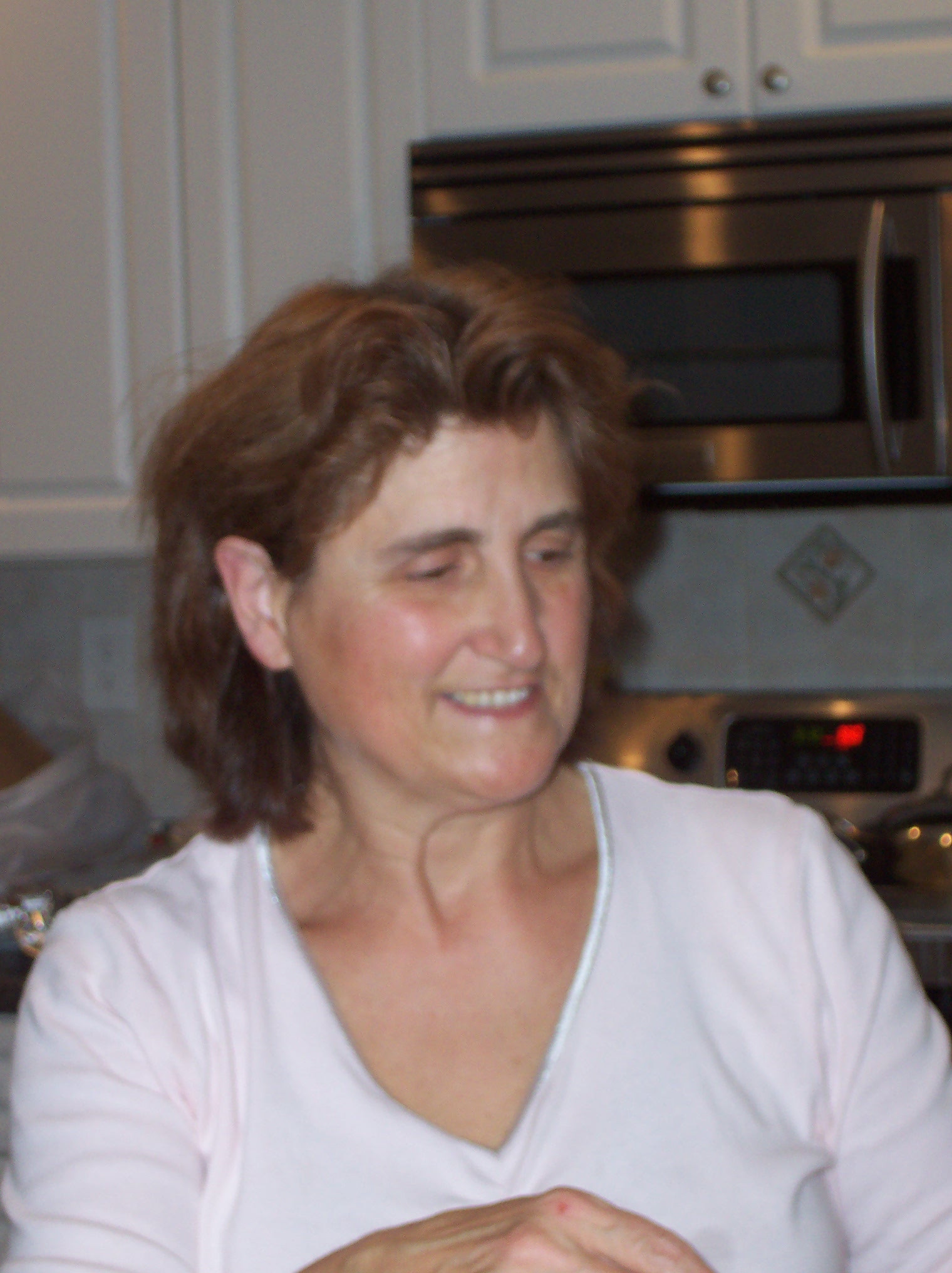 Subject:Literacy, Technology Subject:Literacy, Technology
Grade Level: 4,5
Materials: The poem “The Road Not Taken” by Robert Frost and the book "Oh! The Places You’ll Go!" by Dr. Seuss
About: Students read and interpret a poem and a book, and relate it to making choices on their way to “building their futures."
Children write a poem that tells about the many places they dream of going.
This lesson incorporates technology through the use of the ELMO visual presenter, which projects books and other literature onto a screen, and reading,interpreting, and comparing literature and poetry.
This unit is relevant to 4th and 5th graders as they will be moving up to middle school. Teachers will want to implement this unit in their classrooms because the poem "The Road Not taken" by Robert Frost and the book "Oh, The Places You'll Go "by Dr. Seuss are well know and highly engaging.
| Students learn how to preview a poem. |
| Students learn the features of poetry. |
| Students learn how to focus on a poet's language. |
|
|
|
|
|
|
|
| Students understand and identify the distinguishing features of the major genres and use them to aid their interpretation and discussion of literature. |
| 4,5 |
| Poetry |
| Students identify significant literary elements (metaphor, symbolism, foreshadowing, dialect, rhyme, meter, irony, climax) and use those elements to interpret the work. |
| 4,5 |
| Poetry |
| Students identify the distinguishing features of different literary genres, periods, and traditions and use those features to interpret the work. |
| 4,5 |
| Poetry |
| Students recognize and understand the significance of a wide range of literary elements and techniques, (including figurative language, imagery, allegory, irony, blank verse, symbolism, stream of consciousness) and use those elements to interpret the work. |
| 4,5 |
| Poetry |
| Students present responses to and interpretations of literature, making reference to the literary elements found in the text and connections with their personal knowledge and experience. |
| 4,5 |
| Poetry |
| Students write stories, poems, literary essays, and plays that observe the conventions of the genre and contain interesting and effective language and voice. |
| 4,5 |
| Poetry |
| Students use standard English effectively. |
| 4,5 |
| Poetry |
| Students present responses to and interpretations of works of recognized literary merit with references to the principal features of the genre, the period, and literary tradition, and drawing on their personal experiences and knowledge. |
| 4,5 |
| Poetry |
| Students write original pieces in a variety of literary forms, correctly using the conventions of the genre and using structure and vocabulary to achieve an effect. |
| 4,5 |
| Poetry |
| Students use standard English skillfully and with an individual style. |
|
|
|
|
|
|
|
|
|
| Students learn to find meaning in poetry. |
| Students learn the meaning of interpretation. |
| Students learn the meaning of theme in poetry. |
| Students learn the meaning of theme of a book/poem. |
|
|
| ELMO (a projector that allows students to view books and other literature on a screen) |
| "The Road Not Taken" by Robert Frost and "Oh, The Places You'll Go" by Dr. Seuss |
| Chart with definitions of theme and interpretation |
|
|
| Reading "The Road Not Taken" by Robert Frost and Oh! The Places You’ll Go! By Dr. Seuss. 1. Children write an interpretation of the poem after reading it on the ELMO with the teacher. |
| 2.The class then discusses it with the teacher for help with interpretation. Why did the poet think he wouldn't get back to the other road? What does he mean by "I took the one less traveled by, And that has made all the difference" What difference do you think he meant? |
| 3. The class writes about the poem's relevance to them personally. |
| 4. The class listens to a reading of the poem "The Road Not Taken" by Robert Frost at http://town.hall.org/radio/HarperAudio/012294_harp_ITH.html |
| 5. The teacher reads "Oh!The Places You'll Go!" by Dr. Seuss and leads a discussion about the book. What is the theme? What are some of the obstacles Dr.Seuss mentions? What are some of the good things along the road? What are some things we all should know? How does this relate to you personally? |
|
|
|
|
|
|
| Children will write a poem in which every line begins with, “When I grow up I’m going to be a …” |
|
| Children will write an essay in which they state which writing meant the most to them personally and why. |
|
| Day 2: How are poems organized? |
| To learn how poetry is organized. |
| To learn about free-verse poetry. |
| To learn about cinquain poetry. |
|
|
|
| Chart with examples of features of poetry such as free verse, imagery, rhyming words, and figurative language: http://bloomington.in.us/~dory/creative/class5.html |
|
|
|
|
| The students learn about the four elements of poetry: central idea-purpose-mood-form. |
| Students are guided in the development of their themes with these questions: 1) Who is the audience and what did the authors to want to tell them? 2) What is their theme? 3) How did these authors support their themes with descriptive elements? |
| The teacher asks the students to reread the poem and the book. |
| They note the features used by the poet and the author of these two pieces. |
| The students decide how the theme, form, purpose, and mood will help them write their own poem by answering the following questions: 1) How do you feel about the theme? 2) Is the theme serious, funny, sad? 3) Are you explaining something? 4) What effect do you want your poem to have on the reader? 5) Which poetic form will you use to best achieve the mood, fulfill the purpose, and support the theme that you've determined? |
| The students are asked to notice the way "The Road Not Taken" by Robert Frost and "Oh! The Places You'll Go" by Dr. Seuss are organized by noticing the shape of these two pieces. |
| The teacher can show examples of free verse poetry. A free-verse poem can be long or short and can rhyme, but it doesn't have to, and can include special touches like s'p'a'r'k'l'e'r's. |
| Students will learn the features of cinquain poetry. There are syllable and word cinquain poems. The teacher can direct students to the following site for practice with cinquain poems: http://hrsbstaff.ednet.ns.ca/davidc/6c_files/Poem%20pics/cinquaindescrip.htm |
|
|
|
| Students will find other examples of features found in poetry from other poems they read. |
|
| Students will write a short poem using features of poetry they have learned. |
|
| Day 3: The Language of Poetry |
| Students find how poets use language. |
| Students compare and contrast how Robert Frost and Dr. Seuss use language in their pieces. |
|
|
|
|
| Chart with elements to focus on when reading poetry: difficult words or unusual phrases, words that trigger a strong emotional response, figurative language such as metaphors and similes, striking imagery. |
| http:// www.sdcoe.k12.ca.us/score/actbank/tcomp.htm |
|
|
|
| The students learn that poetry is the type of writing most concerned with language. By looking at the features of poetry, they learn that language points to expected and unexpected meanings, how language helps us listen to each other, and how language sometimes confuses us. |
| The students are given a word to practice with meaning. For example, "table" has threee meanings: 1) the noun for an object in our homes like our kitchen table 2) the noun for graphs and charts for the tables that are used to organize ideas 3) the verb that means," to postpone." as in "The committee tabled their discussion." |
| The students learn how poets make comparisons in their poems by using similes, metaphors, and personification. |
| The students are asked to find the ways these two authors use similes, metaphors, and personification to make comparisons. |
| Children, in small groups, develop a Venn diagram comparing/contrasting the two writings. Groups share their results with the class. |
|
|
|
|
|
|
| Students create a maze that is a visual representation of a past or future decision. |
|
| The students write an essay relating one of the two perspectives from the writings to a decision that they have had to make, or are about to make. |
|
| Day 4: Make your own poetry book |
| Students write a variety of poems. |
| Students compile a poetry collection or to create a book similar to Dr. Seuss's writings. |
| Students write a poem that is similar to the format of "The Road Not Taken." |
|
|
|
| A variety of poetry books and free verse books. |
|
|
|
|
| Students begin their poetry collection or their book by reading other poetry collections. |
| Students use these questions to help them make changes in their poems: Do you like what your poems say? Do you like the way your poems look? Do you like how your poems sound? |
| The students must begin their book with a title page, a pleasing design, an acknowledgement and dedication page, and the author's name. |
| The students design the back cover with a short description of the contents of the book, a short biographical note about the writer, and their photo. |
| The students are then shown how to fold the cover and pages in half and staple them on the fold. |
|
|
|
|
|
|
| Students write their poetry in their writing journals. |
|
| Students are assessed according to how well they compiled their poetry or wrote their book. |
|
|

Rose Pacifico
rpacifi@schools.nyc.gov
PS 306
40 West Tremont Avenue
Bronx, NY 10453
Rose Pacifico has taught in both private and public schools for a total of 20 years. She currently teaches 5th grade in PS 306. She has a master's degree in Literacy from the University of Albany and a degree in administration.
Important documents for this lesson plan.
|